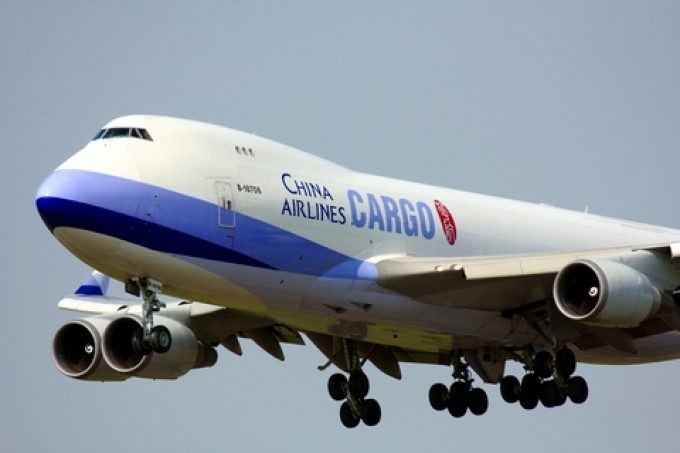RTR: Germany arrests three people suspected of giving technology to China
REUTERS reports: Three Germans have been arrested on suspicion of working with the Chinese secret service ...

China Cargo Airlines has set its sights on Latin America, planning to launch a freighter service to Miami in the new year.
The airline has signed up Worldwide Flight Service to handle its flights, using B777Fs three days a week from its Shanghai base, in Miami on a three-year contract.
It is the first freighter operation by a mainland China-based airline to Miami, the primary gateway to and from Latin America. China Cargo also serves Los Angeles with 18 weekly freighter flights and New York JFK with seven.
However, Hong Kong-based Cathay Pacific has been operating freighters to Miami for years, and recently upped its pipeline to Latin America with twice-weekly all-cargo charters to Mexico. This has brought its presence in the Mexican market up to eight weekly freighter frequencies.
Cathay has raised its transpacific freighter schedule to 39 weekly services to the Americas, much of the momentum coming from e-commerce sales.
“The flow of e-commerce has to some extent been our life blood this year,” noted Cathay Cargo VP Americas Fred Ruggiero.
“We are outperforming pre-pandemic 2019, in terms of revenue, thanks to e-commerce and some long-term exports,” he added. “Online shopping is very much to the fore; to the extent that we have been running two charters a week to Mexico carrying consumer e-commerce.”
According to Xeneta, e-commerce exports through Hong Kong went through the roof as Chinese firms Shein and Temu accounted for 80% of volumes out of Hong Kong on some days.
Airfreight rates from Hong Kong and Shanghai to Brazil, Latin America’s largest economy, rose in double-digit percentage terms from October to November, and again to December. Pricing from Hong Kong to Sao Paulo jumped 16% in November and another 13% this month, while rates from Shanghai to Sao Paulo climbed 10% in November and 11% this month.
And near-shoring could be another engine for growth. Mexico has already seen an influx of manufacturers, including Chinese firms, driven by the desire to be closer to the US market. But Latin American countries are also expecting to benefit, targeting sectors like the garment industry. This summer, Intel announced it would be investing $1.2bn in Costa Rica to boost its production there.
However, Andrés Bianchi, CEO of LATAM Cargo, cautioned that it was ‘early days’ for nearshoring in the region. Long-term, he sees promising potential in Latin America, but he does not expect to see significant developments before 2025.
Westbound, Cathay has been going strong on perishables from Latin America. Mr Ruggiero said: “We are flying a lot of perishables, especially berries, from South America via our ports in Mexico, Miami and beyond.”
For LATAM Cargo, interline activity with international partners, has been building up.
“We’re not a global player,” Mr Bianchi said. Interline helps us connect to Asian markets.”
Over the past years, LATAM has honed its interline strategy to focus on a small number of select partners, in order to build closer collaboration aimed at improved reliability, faster connections and more active contractual processes, he said, and added that he intended to raise the number of such close partnerships from the current three.
Earlier this year, LATAM launched freighter flights linking Los Angeles with Sao Paulo via Chicago, as well as a passenger service between LA and Brazil’s economic hub. This also targets transpacific cargo flows.
“In LA we depend to some extent on interline,” Mr Bianchi said.
Comment on this article